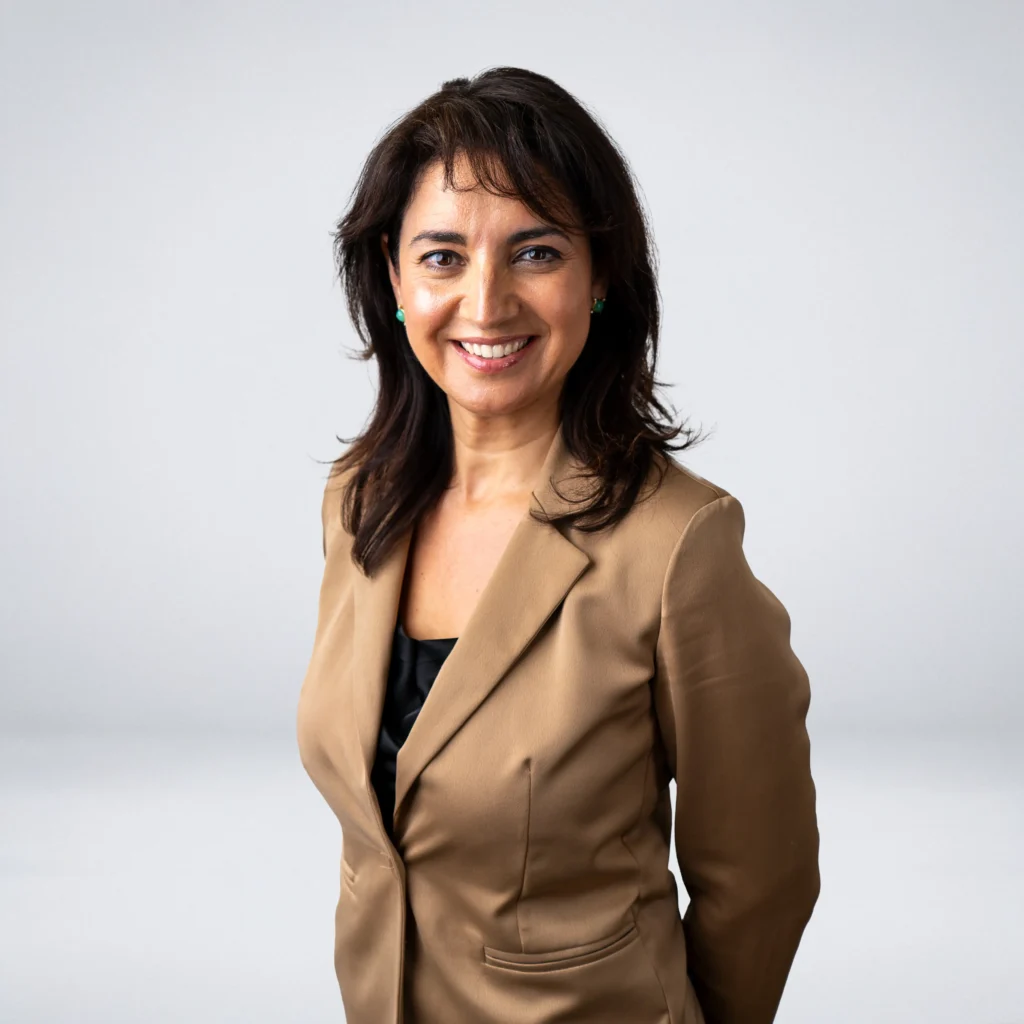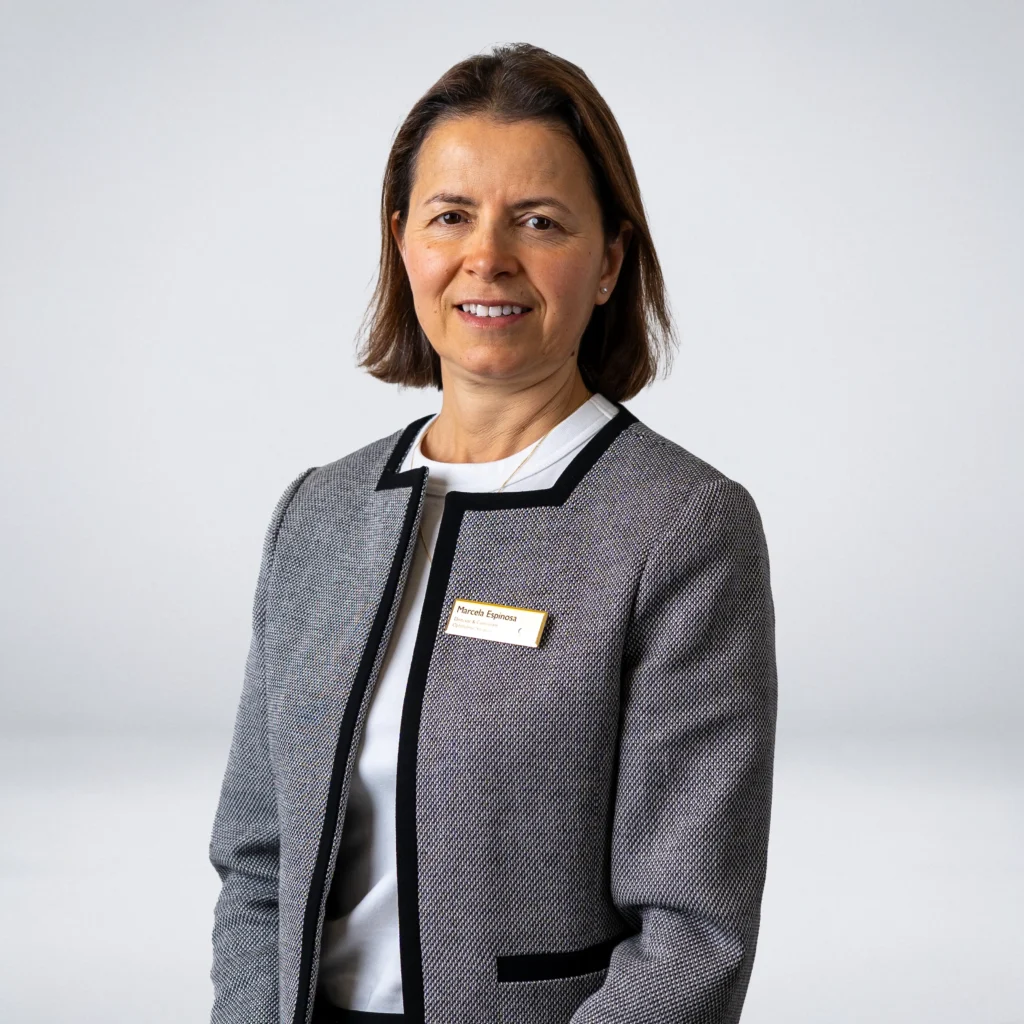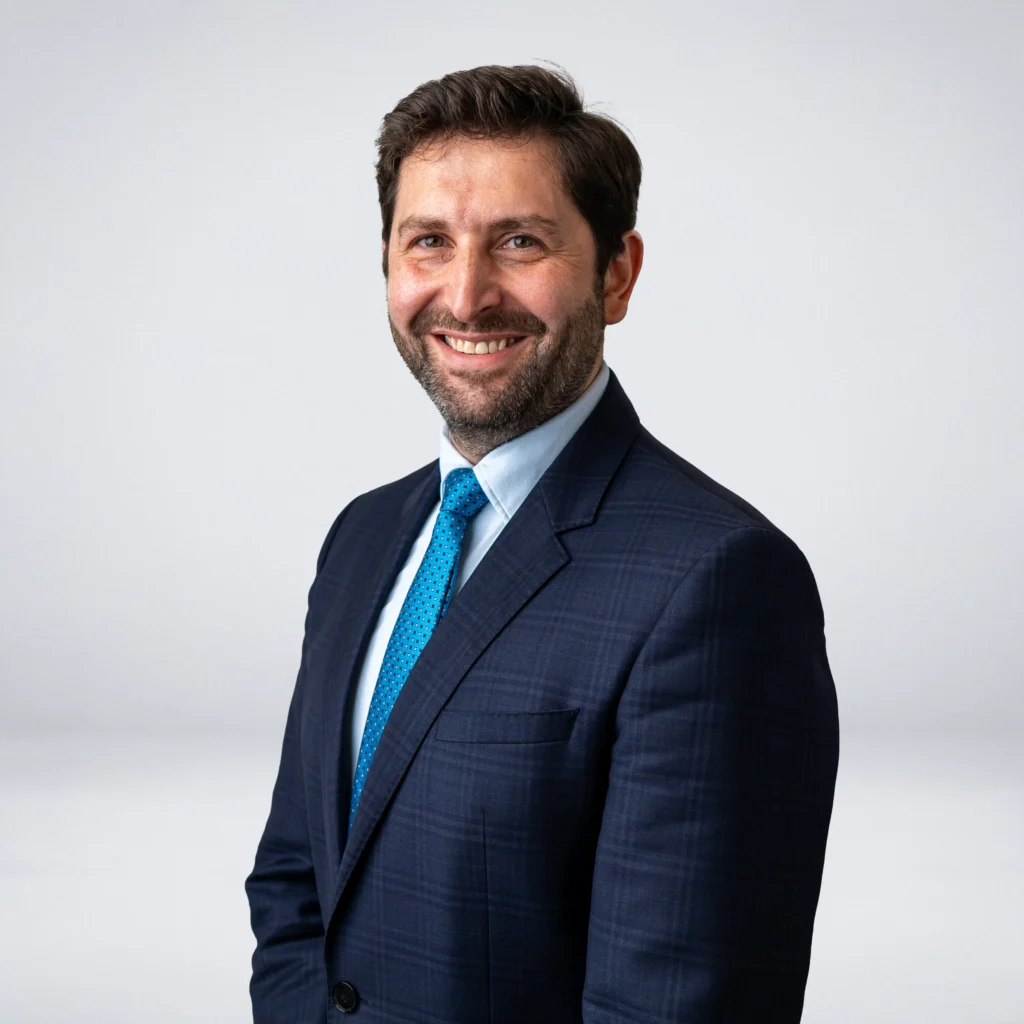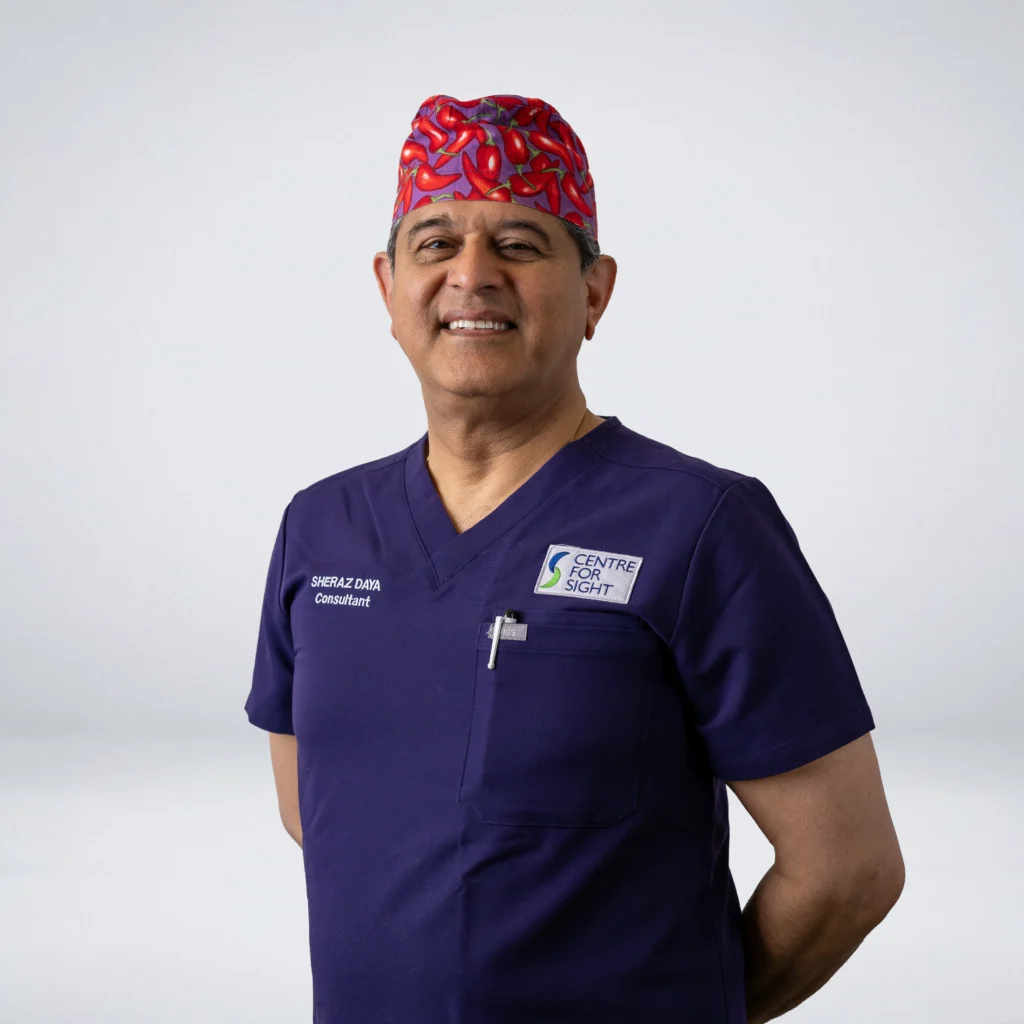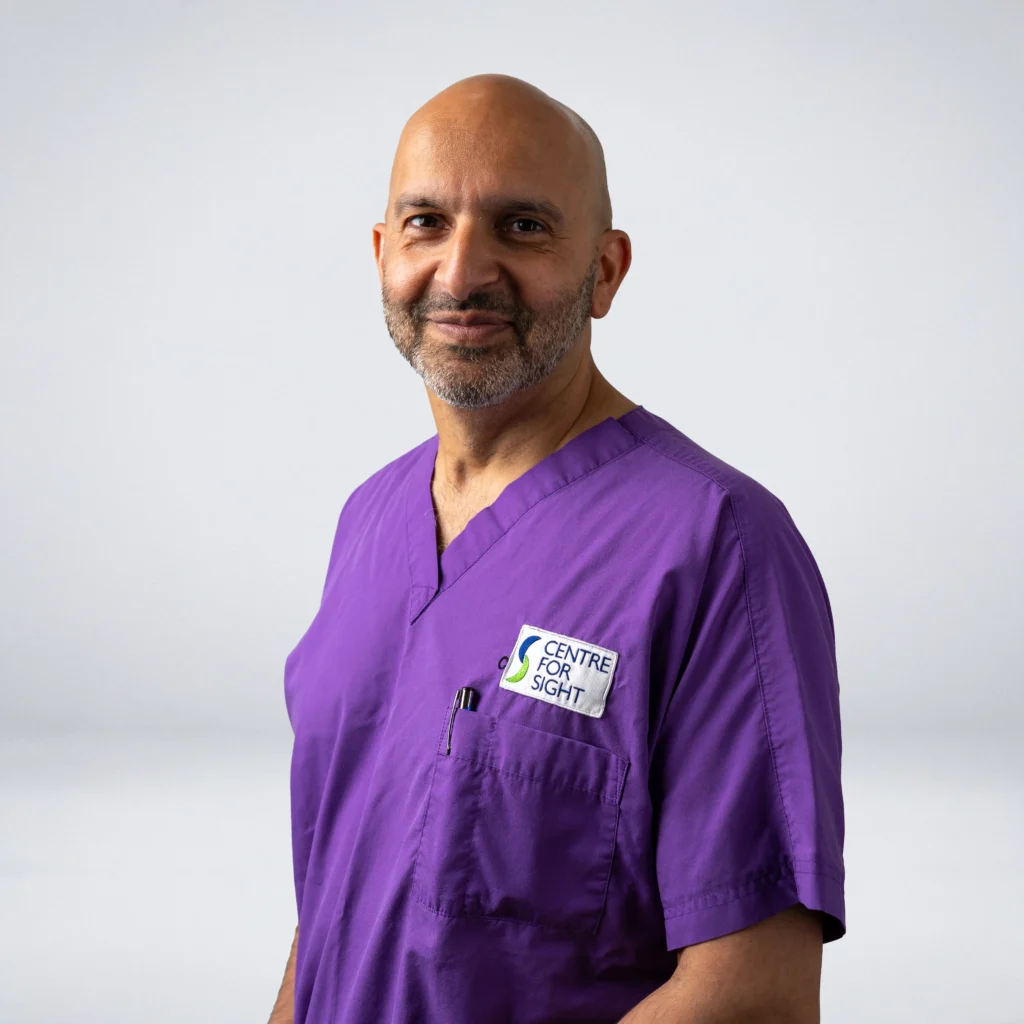Dry eye can be evaporative, aqueous deficient and/or inflammatory in nature. Often there are specific causes for dry eye which need to be addressed specifically. We are constantly looking to find new ways to tackle dry eye. Please consult with your specialist at Centre for Sight about the treatments we currently provide. While not suitable for all, we have many options that can help relieve the sufferer.
Dry Eye Treatments
There are a number of dry eye treatments available. The choice of treatment is highly dependent on the type of dry eye condition a person has and this is best determined by an ophthalmologist who has expertise in the Cornea and Ocular surface.
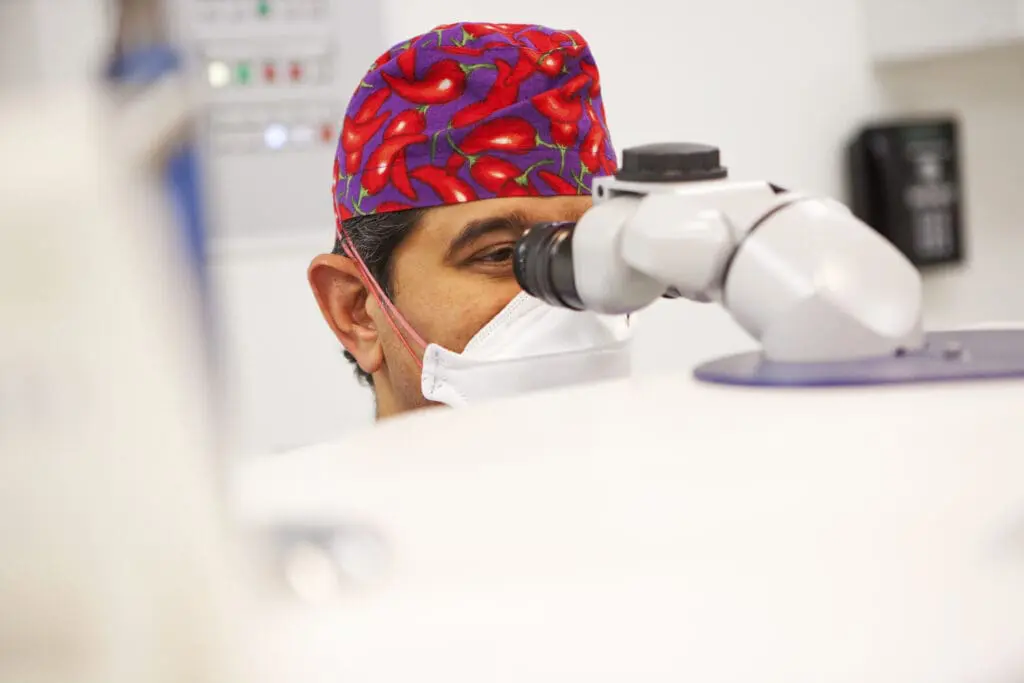

Treating Dry Eye
Avoid anything that can aggravate dryness, such as:
- Very warm rooms (a humidifier may help)
- Hair driers
- Smoke
- Wind
- Contact lenses
- Hormone Replacement Therapy (HRT)
- HRT can aggravate dry eye. There is some evidence that, in older women, hormone replacement therapy makes dry eye worse.
Find out more about dry eye conditions.
Medical Treatments for Dry Eye
First line of treatment is usually lubricating eye drops or gels. These can be bought over the counter. Best to try out different types to see what suits you best. Note that if the drops aggravate your eye, this might be due to the preservatives in the drops. Try using non-preserved drops instead. While they may provide relief they will not address the underlying problem.
Some people with dry eye complain of scratchy eyes when they wake up; this symptom can be treated by using an artificial tear ointment at bedtime.
Some newer lubricating preparations that normalise the electrolyte balance on the ocular surface have been shown to be of benefit and newer preparations are being researched.
Our modern diet is sadly lacking in sufficient quantities of Omega 3 and there is an overbalance of Omega 6 which contributes to inflammation. Omega 3 supplementation has been shown to be very useful for improving the state of Meibomian glands in blepharitis. It is important that the correct preparation is used as not all Omega 3 preparations are bio-compatible. Alcohol used in the process of purification can result in a change in the molecule (Omega ethyl ester) and this is not absorbable by humans. Some companies re-esterify the Omega 3 to the natural tri-glyceride and this is highly absorbable in humans. One such product is Omega Eye which is available from Centre for Sight.
This is an ointment preparation of Ciclosporin a drug that has been used to prevent and treat organ transplant rejection as well as autoimmune diseases. The preparation is useful in decreasing inflammation and in Sjogren’s Syndrome. It is sometimes used in conjunction with steroid eye drops to treat inflammatory dry eye.
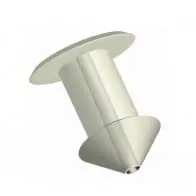
Punctal Occlusion (punctal plugs) may be an option offered by your ophthalmologist in severe cases. This involves blocking ducts within your eyelid. The ducts carry tears away from the eye to the nose (the reason why the nose gets stuffy when you cry). Again this is an option best advised by your doctor after careful analysis. Used incorrectly punctal occlusion can sometimes cause more problems especially in inflammatory dry eye.
This is often used to treat blepharitis and meibomian gland disease (MGD). The oil-secreting glands in the eyelids get blocked up and as a result there is very little oil in the tear film leading to evaporative dry eye. Blepharitis is one of several conditions that can contribute to dry eye. Your doctor will be able to advise the best approach to your dry eye. Centre for Sight staff will advise how best to perform warm compresses and scrubs.
This simple but very effective option is a simple way to provide warmth to the eyelids without having to worry about cotton wool balls and hot water. The EyeBag is placed in a microwave oven and heated up. Checked first to make sure it is not too hot, it is placed on the closed eyelids for about 10 minutes following which compresses can be performed. Watch out though – we have had many patients report the EyeBag as very relaxing and enough to put them to sleep!
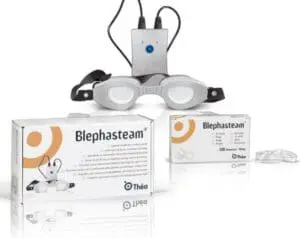
A slightly more expensive option – an electrical pair of goggles that provides warmth and steam to treat MGD. Many patients love this device and look forward to using it each day.
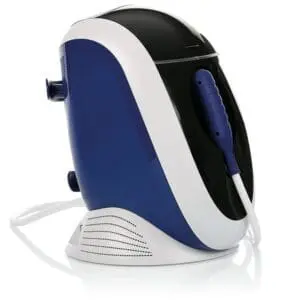
Intense Pulsed Light (IPL) treatment is our newest addition to the armemenatrium of dry eye solutions.
The treatment involves delivery of a series of light pulses in a very specific manner and works by stimulating the Meibomian glands to produce lipids/oils. The lipids are vital to reduce evaporation of tears.
Although 3 treatments are recommended over a period of 6 weeks, many patients notice a difference in their eye comfort within a few hours to days following the first treatment.
More about Intense Pulsed Light (IPL)
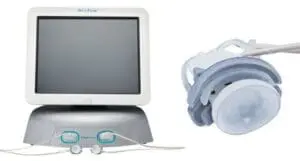
This is an option in treating MGD. A very sophisticated device that warms the lids and squeezes them to evacuate old oils within the glands. Very useful in giving the disease a good kick-start. While excellent in selected cases, the use of warm compresses; EyeBag or Blephasteam is necessary to maintain the health and function of the glands. Currently, this is not a treatment offered at Centre for Sight.
Laser eye surgery, especially traditional Lasik can aggravate dry eye. Although Centre for Sight uses the IntraLASE laser for Lasik, which reduces the duration and severity of dry eye, patients with dry eye are first treated for their specific cause. Once corrected they can undergo laser vision correction. If they cannot be corrected, Laser eye surgery will not be recommended and other options may be considered.
Centre for Sight doctors are all fellowship trained in Cornea and the Anterior Segment. In the course of their usual practice, they are often asked to see patients in second opinion and to manage dry eye. You can be confident that you will be evaluated by doctors with expertise in this area at the time of your consultation.

